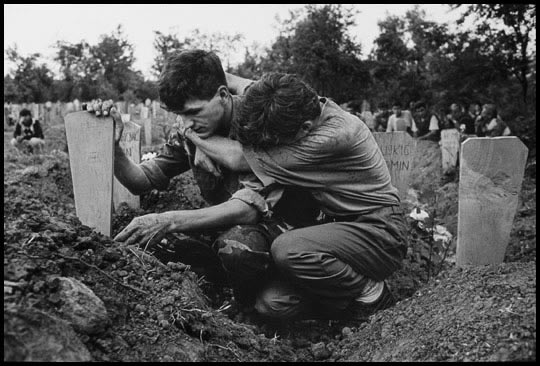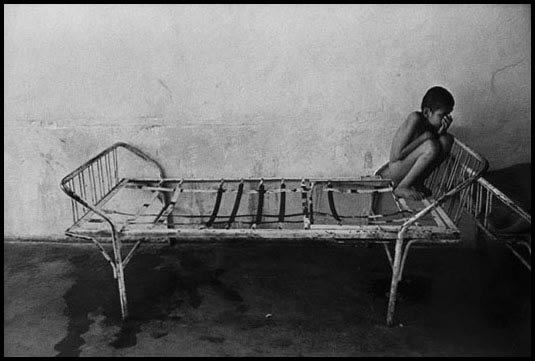I met りさ (Risa) for the first time last weekend in 広島 (Hiroshima). She speaks some English and is patient with my clumsy Japanese, so we were able to communicate fairly well.
When asked what kind of person she thinks she is, りさ's response was that her friends tell her she is まじめ (serious), and that she likes to think about all kinds of things, even everyday things. She was interested when I talked about American Culture, and seems to like hearing about other countries as well. She says she plans to go to Sweden, where she will study the education system.
I told her I wanted to let her decide how she was portrayed in the photos but she wasn't really sure how she wanted to look. We talked about it, and she eventually decided on a thoughtful look for one of the pictures, but I may have influenced that decision a little by mentioning it as an option.
I asked her to look out the window and think about something but I don't know if she really was thinking about anything when I took it.
Before taking this picture, I took one of her looking thoughtful in her favorite study spot on campus. When she said she liked it, I thought I heard something strange in her voice, but I assumed she meant it and I liked it too. I was going to post it, but when I wanted to show the picture to りさ’s friends, she stopped me in a way that made it clear to me she did not actually like how the picture represented her, so I did not used it.
She wanted the other picture to be a happy picture because she is “really enjoying her life” and really likes that she can meet people from all over the world at Kansai Gaidai. Unfortunately, getting her to look happy without looking posed was next to impossible. She kept posing and smiling too big every time I raised my camera. I did eventually get a picture that looks like the smile I saw when she was having a good time in 広島, despite her strong reaction to my camera.
She is actually listening to a friend asking her what makes her happy in this picture, which helped her smile look more natural I think.
I listened carefully to her response when she told me she liked the two photos I ended up using, and both times she sounded like she meant it and let me show the picture to her friends, so I think she was happy with the combination, but I also think I influenced her choice of how she should look by the questions I asked, and our limited ability communicate may also have effected how I portrayed her because there were a few times when I could not understand what she was saying and she didn't know how to say it in English. If I had known more Japanese, or asked different questions, these pictures might be very different.



































